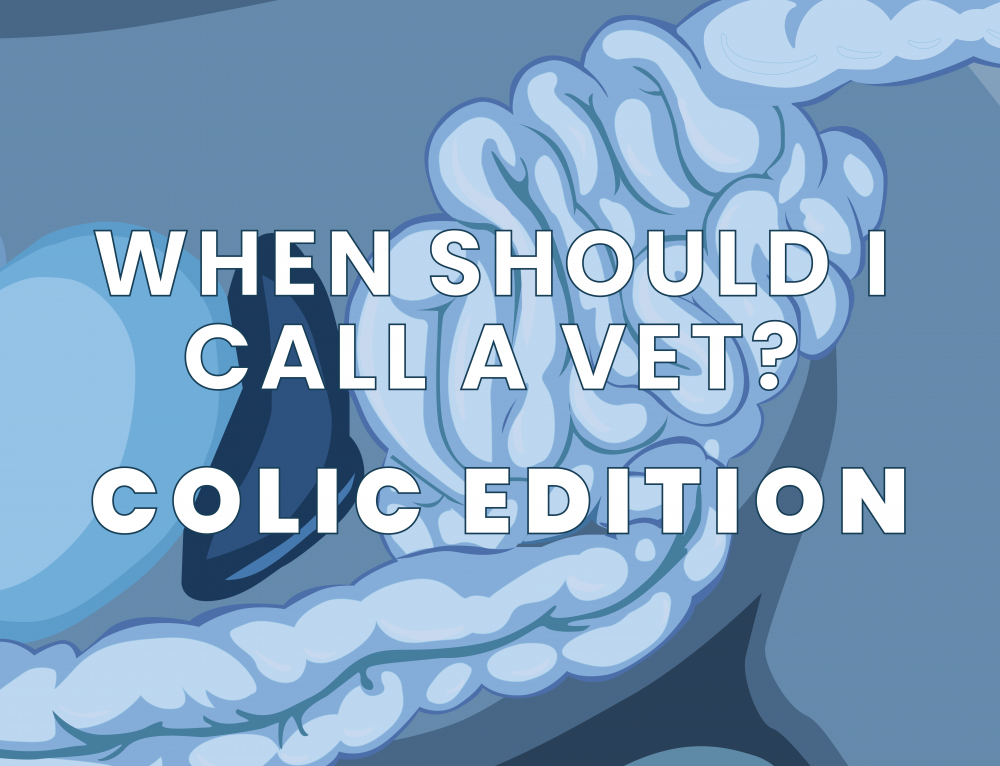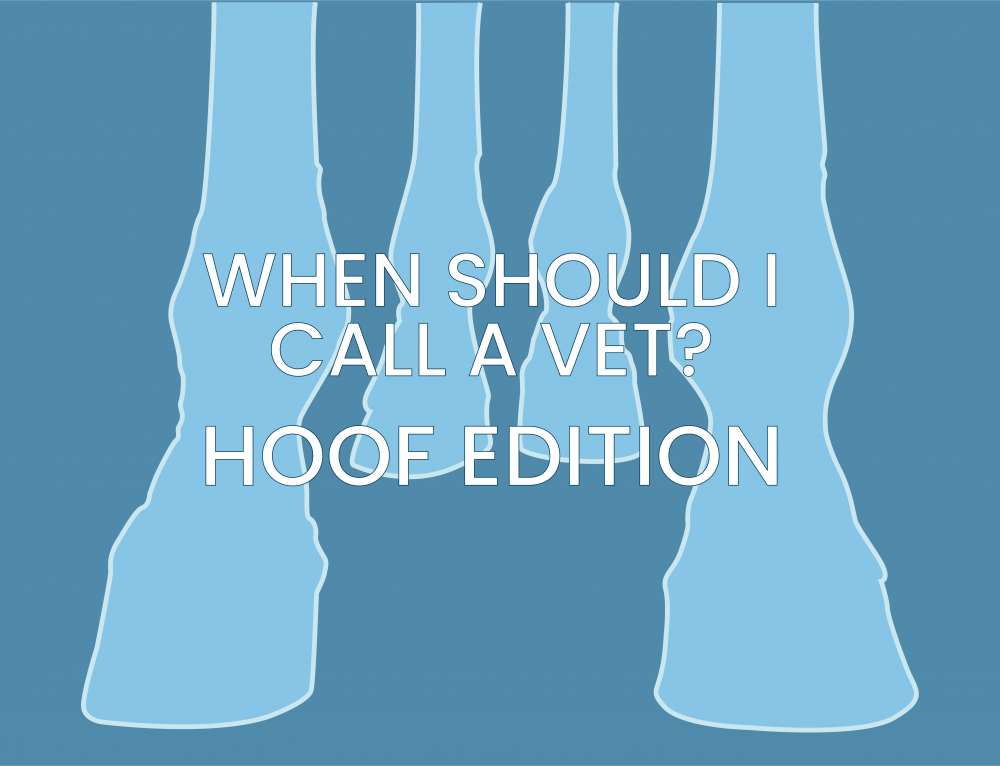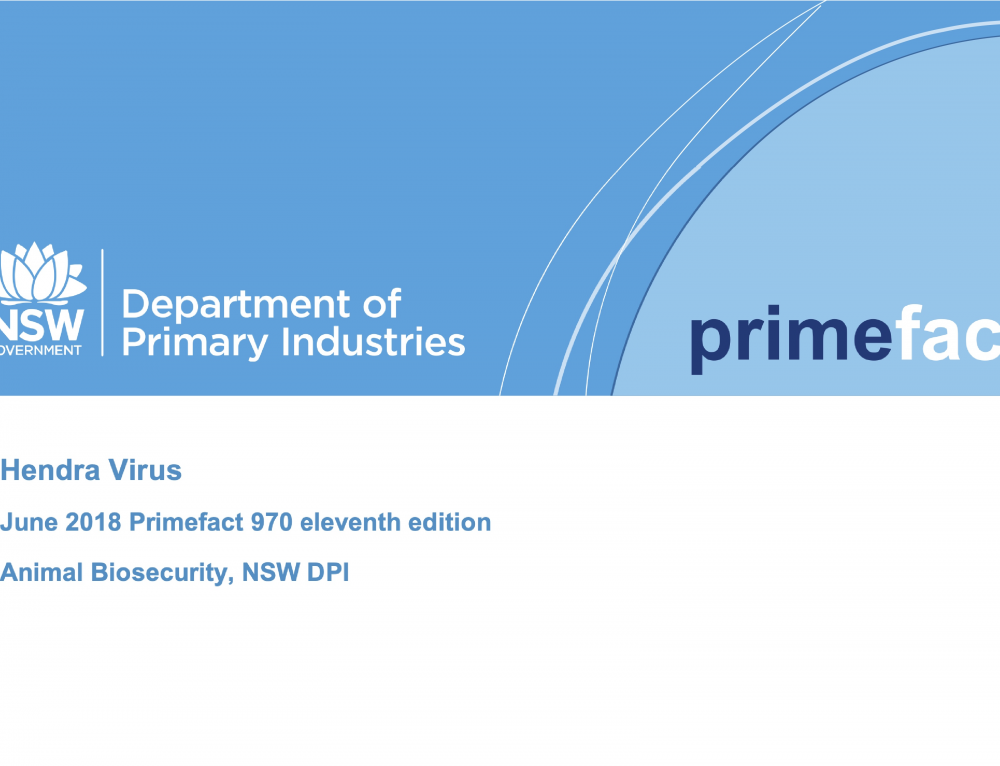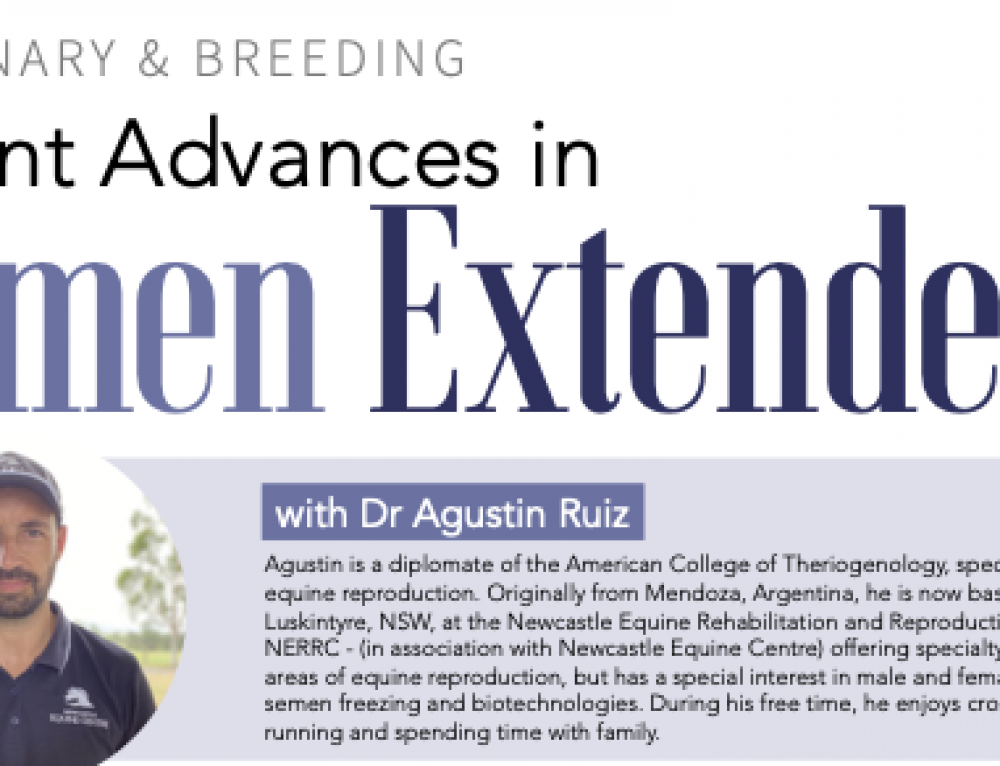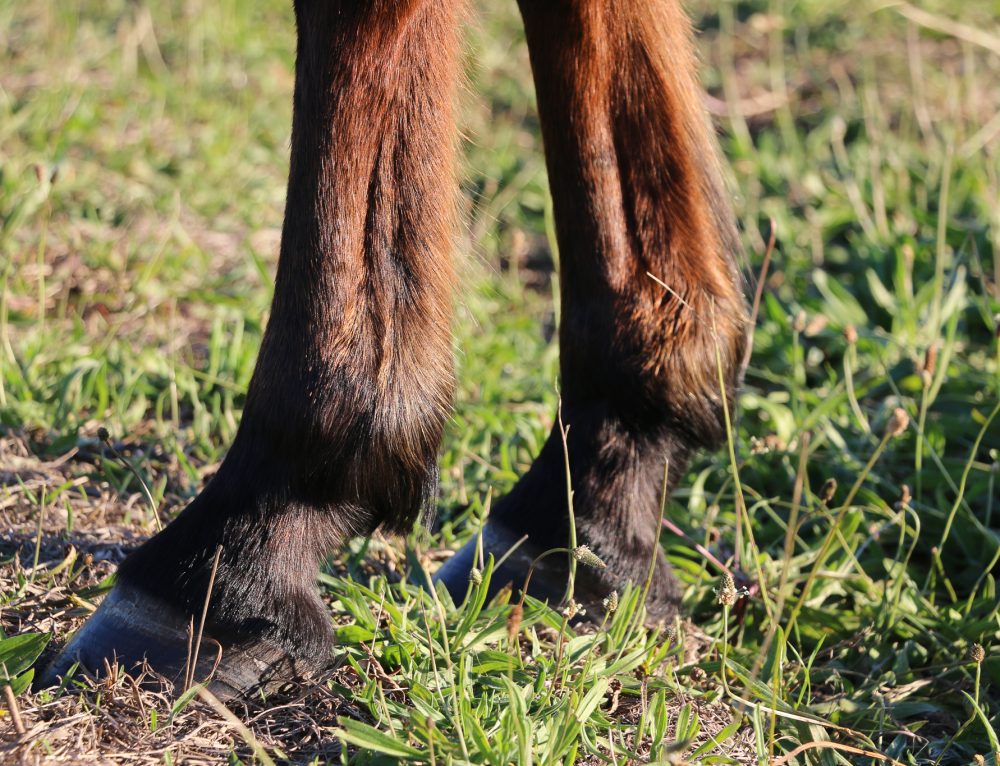As we get close to foaling time breeders should refresh their knowledge of a normal foaling and when to call the vet. The majority of foalings will occur without complication, however approximately 1 in 20 foals will experience some difficulty and it is imperative for both the mare and foal’s survival that assistance is provided immediately. Therefore, it is strongly recommended that all foalings are attended by an experienced foaling down assistant that can identify and correct malpositioned/malpresented foals. The best option is often to send the mare to an experienced stud farm to foal down. In addition, the vast majority of foalings will occur through the night so it will relieve many sleepless nights of foal watch.
Mare’s generally have an 11 month gestation, however ‘normal’ can range from 320-370 days so it is important to closely monitor the mare in the final months. Signs of impending foaling can include: behavioural changes, lying down, waxing up at the teats, softening of the ligaments at the tail head, an elongated vulva and an increased body temperature. However, some mares (especially maidens) can show none of these signs.
A normal labour will have three stages and the timing is very important. If the mare does not progress within the specified time a vet should be notified immediately.
- Stage I Labour: 1-3 hours. The mare is heating up and showing behavioural changes such as standing away from the herd and
lying down frequently. During this time the foal is changing positions so the nose is pointing out towards the mare’s tail and its spine is sitting alongside the mare’s spine.
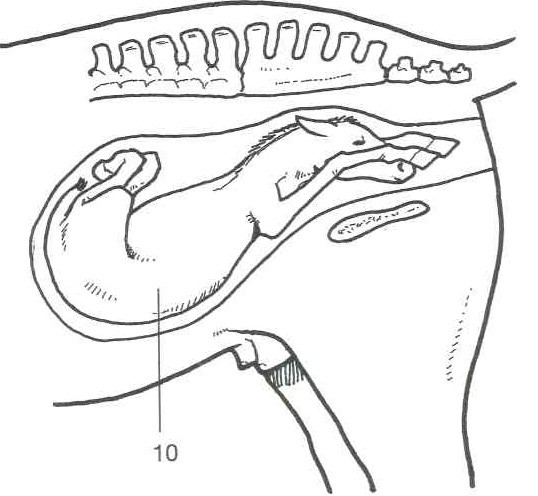
- Stage II Labour: 15-30 minutes. This begin when the ‘water breaks’ (the foetal membranes rupture and the amniotic fluid is released) and is characterised by strong abdominal contractions. We recommend starting a timer once the water breaks. In a normal foaling the white amniotic sac appears at the vulva, followed closely by the front feet (the soles should be facing downwards) and then the nose and head resting between the forelimbs. If expulsion of the foal is not progressing after 15 minutes or the foal is not presented as described above a veterinarian should be contacted immediately. In addition, if a red bag/sac appears at the vulva it means the foetal membranes have not ruptured and the foal could suffocate. The red bag must be cut open immediately and a veterinarian contacted immediately.
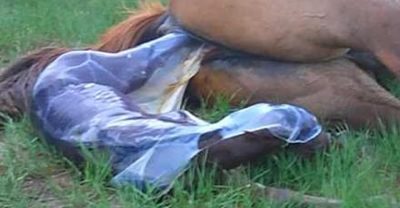
- Stage III Labour: The mare will continue to have uterine contractions after foaling which will assist with expulsion of the placenta. The placenta must be passed within 3 hours of foaling to ensure the mare does not develop a uterine infection. It is important the mare passes the membranes herself and they are not pulled out, as this can cause tearing of the membranes and retention of small tags of placenta. Once the placenta has passed it should be examined to ensure it is intact. Mares can be given oxytocin by intramuscular injection for the first 3 days post-foaling to assist with clearance of fluid from the uterus and uterine involution.
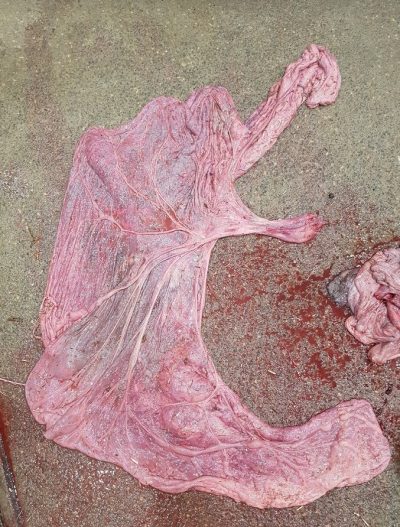
After foaling:
Ensure the foal’s head is free from the amniotic sac to prevent suffocation. The foal should be standing within 1 hour and suckling from the mare within 2 hours. The meconium (foals first black manure) should be passed by 12 hours of life. If manure has not been passed the foal will often be seen straining or tail flagging and may require an enema. Monitor the mare for signs of depression, colic, retained foetal membranes or prolapse of tissue outside the vulva. Call a veterinarian if any of these problems arise.
To discuss your mare’s upcoming foaling contact one of our experienced veterinarians at Newcastle Equine Centre on 4927 6135.


